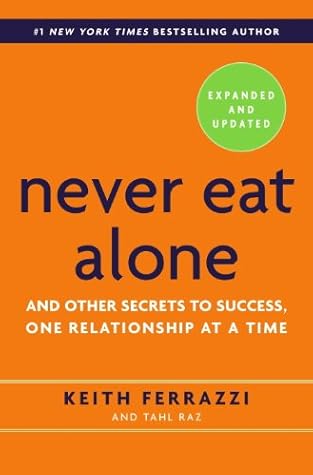There were two crucial components that made my mentorship with Pat—and that make any mentorship, for that matter—successful. He offered his guidance because, for one, I promised something in return. I worked nonstop in an effort to use the knowledge he was imparting to make him, and his firm, more successful. And two, we created a situation that went beyond utility. Pat liked me and became emotionally invested in my advancement. He cared about me. That’s the key to a successful mentorship. A successful mentoring relationship needs equal parts utility and emotion.
Welcome back. Just a moment while we sign you in to your Goodreads account.


